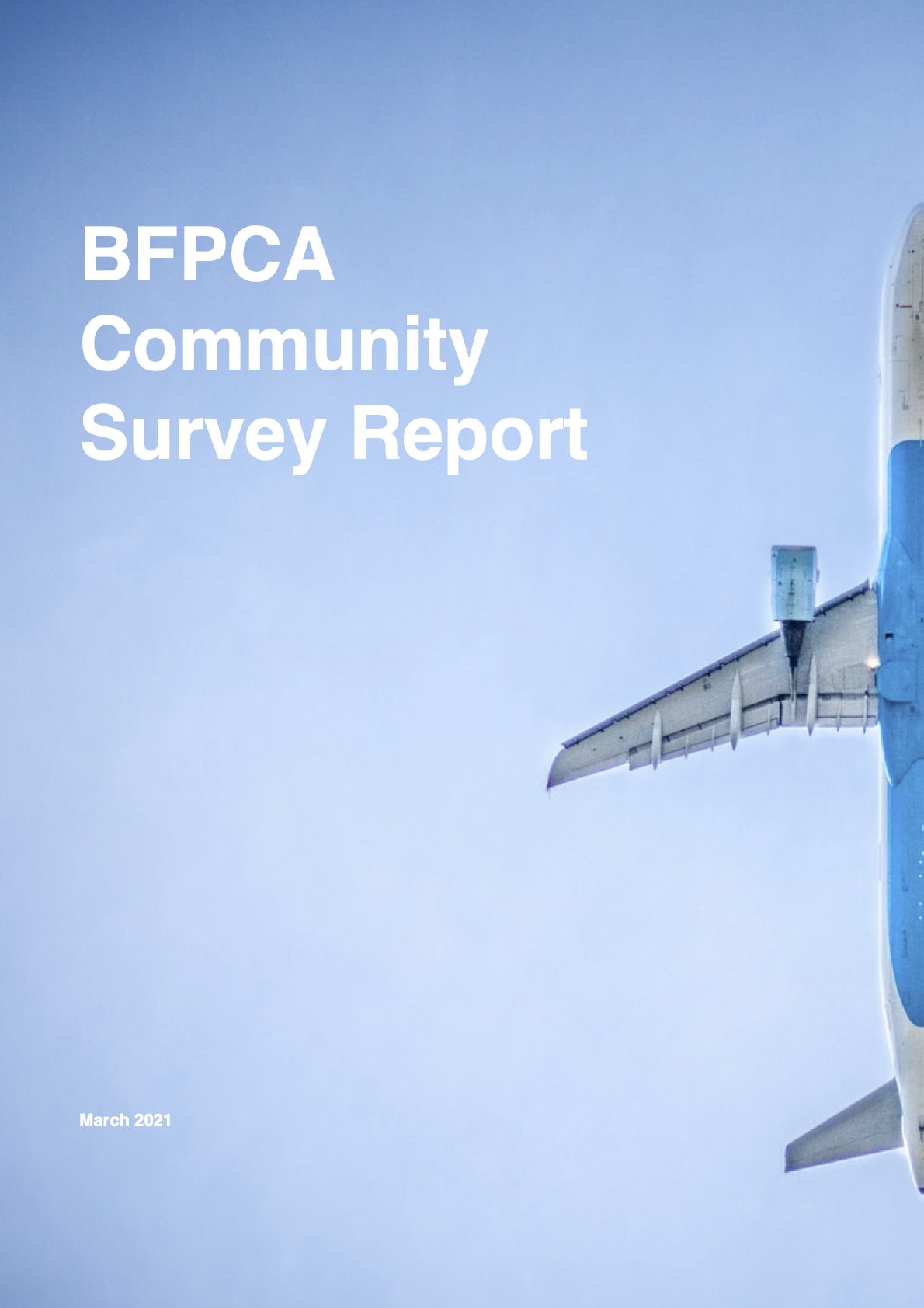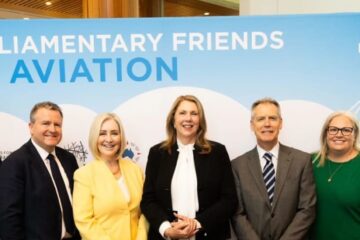
- 91 per cent of respondents impacted by flight path noise were not prepared for the number of planes that now fly right above them
- 81 per cent of respondents said they were not engaged by Brisbane Airport Corporation prior to the new flight paths becoming operational
- 78 per cent of respondents said they thought the information and advice from BAC was not transparent nor accurate
- 68 per cent of respondents said they suffer some level of mental distress
- 58 per cent of the 37 percent of respondents who have children living in their home, said that their children’s behaviour has been negatively impacted by aircraft noise
- 11 per cent of respondents said they have sought some level of medical help as a result of health impacts from excessive noise
A survey of more than 2,000 Brisbane households affected by new flight paths reveals the true extent of the human impacts generated by aircraft noise pollution since July 2020, according to Brisbane Flight Path Community Alliance (BFPCA).
Targeting impacted greater-Brisbane residents, the survey asked respondents about what life is like now planes are flying over their homes, schools and places of work. It also asked about the information they received from Brisbane Airport Corporation during its consultation for the new runway and in the lead up to its new flight paths becoming operational.
BFPCA Chairperson, David Diamond, said the scale of the response was telling.
“The number of survey responses a community group of volunteers with very few resources was able to achieve demonstrates how BAC’s own engagement, backed by its vast resourcing capability, failed to be robust enough to obtain a proper social license to operate,” Mr Diamond said.
“We’ve been able to hear the experience of 2,075 greater Brisbane households – most with more than one person living there – and what they’ve told us is damning,” Mr Diamond said. “The survey shows 91 per cent of respondents impacted by flight path noise were not prepared for the number of planes that now fly right above them and 81 per cent of respondents indicated they were not engaged by Brisbane Airport Corporation (BAC) during its community consultation.
Despite this, 58 per cent indicated they sought out information regarding the new runway and flight paths. It is damning that 78 per cent of respondents said they thought the information and advice from BAC was not transparent or accurate” he said.
“We’ve had some very concerning, but not unexpected results, too. 68 per cent said they are experiencing mental distress from aircraft noise. Just under 81 per cent said they agree that their sleep is disrupted by aircraft noise. 37 per cent of respondents said aircraft noise is causing strain in their household relationships and 11 per cent of respondents said they have sought some level of medical help as a result of health impacts from excessive noise,” David said.
An area that was totally neglected in the Environmental Impact Statement and in subsequent work by BAC, according to BFPCA, is the impact of aircraft noise on children at school and at home. 37 per cent of all respondents to BFPCA’s survey have children living in their homes, and of those an alarming 58 per cent indicated their children’s behaviour has been negatively impacted by aircraft noise.
These results have been recorded during a COVID-19 period. We are only at the tip of the iceberg as to how this additional runway and associated flight paths decision will play out negatively impacting the health and lifestyles of many Brisbane residents.
“And tragically for our communities under the flight paths, 70 per cent of those affected said they were considering moving. So, it’s clear, this is community-destroying stuff and it’s also having a dramatic personal impact on the health and wellbeing of individuals under these flight paths,” he said.
“What is incredibility disappointing is that the impacted community has to date had no acknowledgement from BAC (or its shareholding Companies) that these significant health and welfare impacts do exist. They have a clear responsibility to engage with those impacted and correct this total imbalance between community health and welfare and their pursuit of maximum air capacity for their busines,” David said.
“Flight demand will not be anywhere near the capacity that they have grabbed during the flight path design process for decades. However, the immediate daily health and lifestyle issues for thousands in Brisbane are significant and will get much worse once COVID restrictions are lifted. It is inexcusable this was allowed to happen by Airservices and the responsible governments at all levels,” he said.
BFPCA’s goal is to demand best practice design principles be applied to minimise noise pollution and adverse health impacts from Brisbane Airport’s flight paths on Brisbane residents and businesses, while maintaining the economic benefits of the airport and the aviation industry in Queensland.
For more information about the survey and BFPCA, visit bfpca.org.au. The full survey report is available here.
###ENDS###
About Brisbane Flight Path Community Alliance (BFPCA)
BFPCA brings together Brisbane communities adversely affected by Brisbane Airport’s flight paths – including noise pollution and human health impacts.
A new network of flight paths was designed by Brisbane Airport Corporation and Airservices Australia to enable the launch of the new parallel runway. Since this airspace design became operational in July 2020 there has been a severe increase in noise pollution and health impacts on thousands of people and businesses across Brisbane.
This common experience has brought these communities together to collaborate on and advocate for urgent actions to mitigate noise pollution and other impacts on communities living, learning and working under Brisbane Airport’s network of flight paths.
Find out more at bfpca.org.au
Contact: contact@bfpca.org.au


